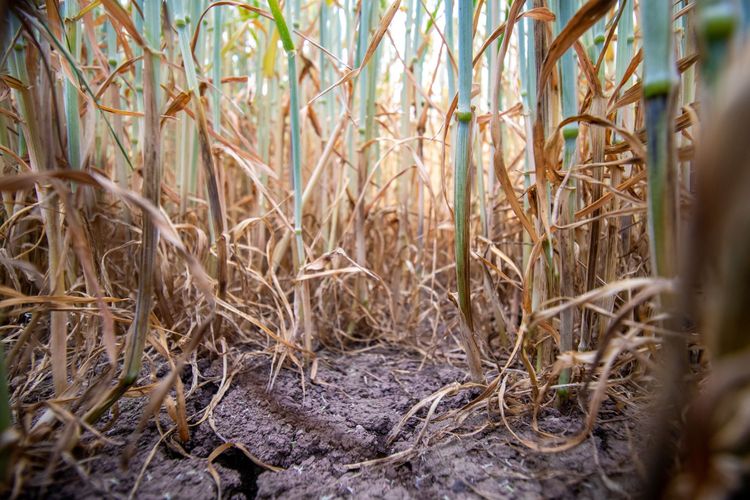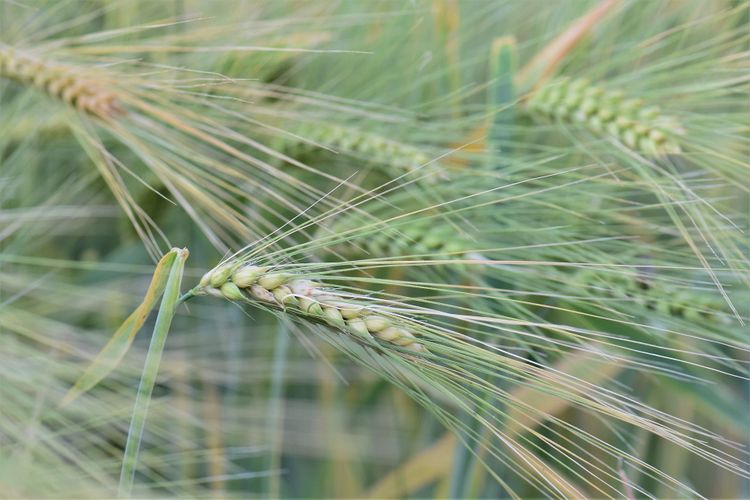A Disappointing La Niña Leaves Australian Wheat in Dire Straits
Wheat currently stands as Australia’s most significant grain export, but parched soils and oppressive heat have impeded planting so far this year. Early forecasts on Australian wheat appeared favorable due to indications of a La Niña in March. However, the La Niña proved feeble, and recent drought conditions have hindered planting, knocking the wheat production forecast down 12.5 percent to 21 million tonnes for 2018/19.
China is a primary importer of Australian grains, but unfavorable domestic climate conditions and recent trade tensions have incited the Chinese to look toward sourcing from the burgeoning market of Black Sea grain. This shift could be problematic for Australian grain exporters if unfavorable growing conditions persist through the winter. Currently, tentative El Niño predictions threaten to further exacerbate the issue. In Australia, higher temperatures and reduced rainfall associated with El Niño events have historically slashed agricultural production, most recently reducing the 2015/16 wheat crop. El Niño years in Australia typically see 28 percent less rainfall than the long term average, and this trend may be expected to extend into late November 2018.

 Insight
InsightTexas Cotton Prospects Wither as Extreme Heat Continues
 Insight
InsightMorocco’s Drought-Imperiled Wheat Crop Points to Untimely Import Pressure
 Insight
InsightLow US Hard Red Winter Wheat Production Likely, Despite Acreage Boost
 Insight
Insight

 Search
Search